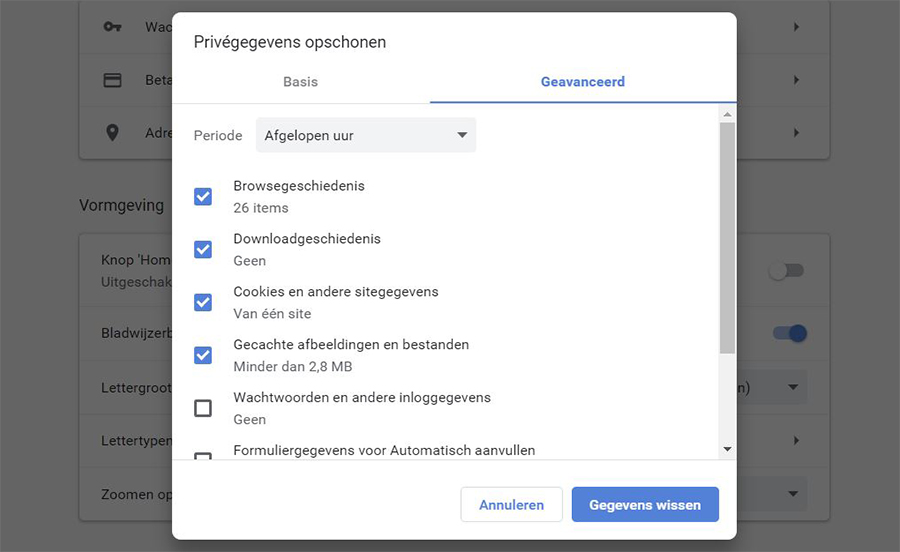
The last entry on page will give you offline cache device directory. Type about:cache in address bar and hit enter.

Later when you come back to page, it would be available without disruption even if you are disconnected.īonus trick ( Should I call it exploit? )Īs now youtube videos are cached on your hard disk, you can save them on your computer for offline viewing.įollow These Steps For Offline Viewing Of Youtube Videos from cached location.Ĭ:\Documents and Settings\ \Local Settings\Temporary Internet FilesĬ:\Documents and Settings\Administrator\Local Settings\Temporary Internet Files\Content.IE5

The solution is of course to uninstall CCleaner, but if for some reason you wish to continue using it, you can exclude the relevant files ( Storage-sync-v2-sqlite-shm and storage-sync-v2.sqlite-wal ) from the daily purge by going to CCleaner > Options > Excludes > Add > File and adding:Įxclude1=PATH|%AppData%\Mozilla\Firefox\Profiles\*\|*.sqlite-shm *.For Firefox go to ‘Tools’>’Options’ then ‘Advance’ tab, select ‘Network’ tab under it, there you will find ‘Offline storage block’.
:max_bytes(150000):strip_icc()/ccleaner-registry-clean-5ef86afba0234f0aa8e9e87ebf79abd7.png)
While this may seem like an honest mistake, the issue has been reported to Piriform in July when Firefox was in Beta, but no action had been taken by the company, with users now losing data with the final release of Firefox 79. Unfortunately, CCleaner routinely deletes the contents of the Profile directory, meaning your Extensions data and setting and constantly being deleted. This is due to a change in where Firefox 79 stores extension data when you are synching two PCs with Firefox, with the data now being stored in the Profile directory.

The latest public version of CCleaner has been found to delete synched Firefox extensions setting and other data. Microsoft has never been a fan of “registry cleaner” CCleaner and now the company has just given Microsoft another reason to keep it in its black books.


 0 kommentar(er)
0 kommentar(er)
